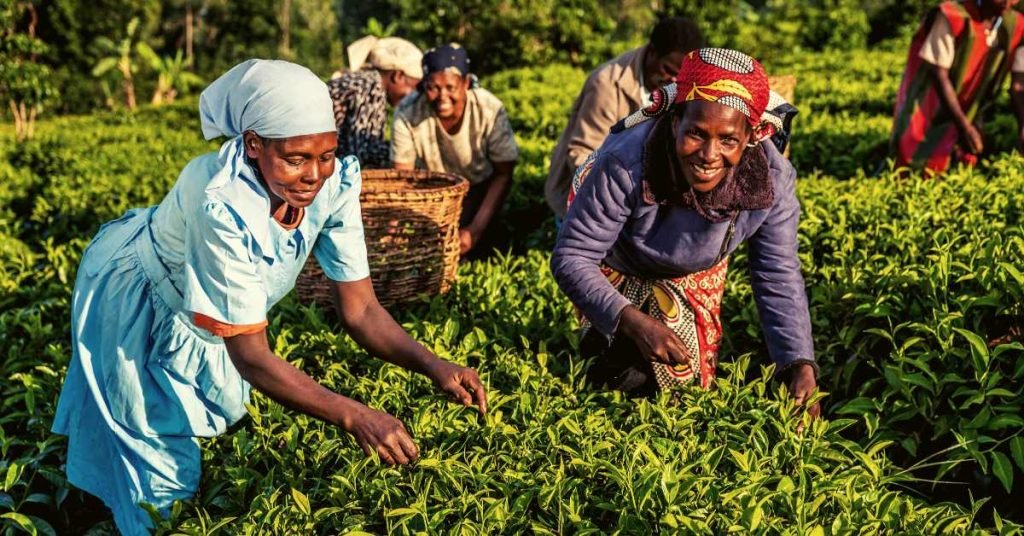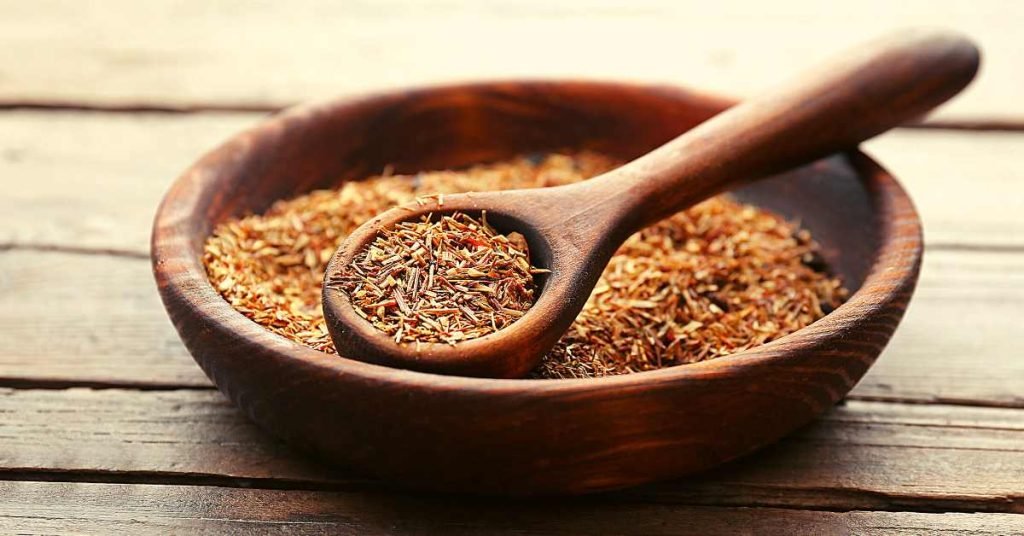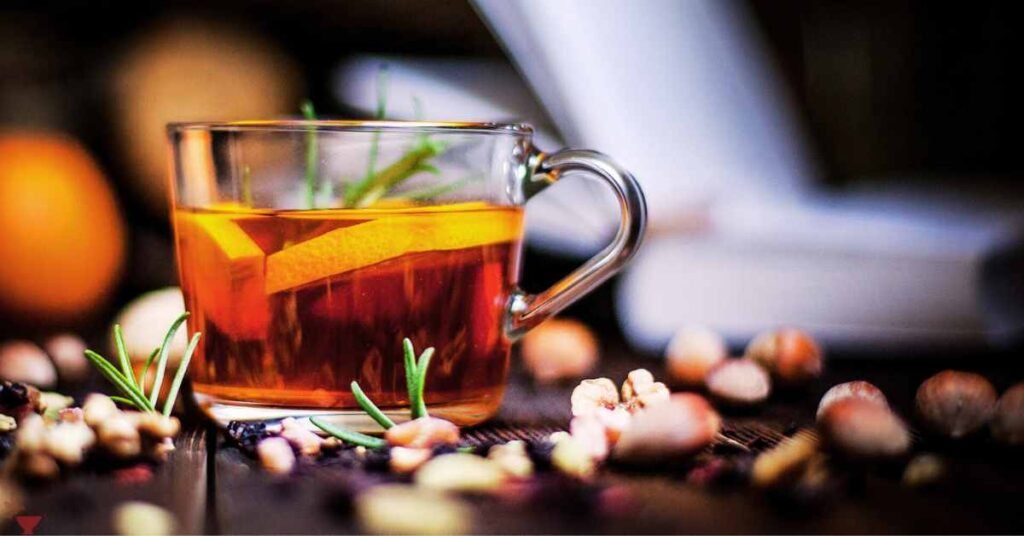Asia. That would be the answer of 100% of people if they were asked about the continent where tea is produced in the world.
And, it is true, it is in this vast territory where the largest number of varieties of teas in the world are produced, where it is most introduced in the customs of society and the world’s leading producer of this product.
However, what few people know is that Africa, the third largest continent in the world after Asia and America, is also the world’s third largest exporter of black tea.
Because yes, in a country with an area of 30 221 535 square kilometers, the fruits of the seeds of Camellia Sinensis are also grown and harvested and, in fact, some of the varieties that emerge from this continent are ranked among the best in the world.
Therefore, today we want to pay our small tribute to this continent composed of 54 countries, 2 states with limited recognition, and 2 others dependent. Will you join us? Grab your virtual suitcases because this trip is going to be really exciting.
History of Tea in Africa

We know that the history of tea in Asia dates back 2000 years B.C., however, it would take much longer to reach Africa; specifically, it would not arrive until the 19th century, coming from the Indian region of Assam, where black teas of excellent quality are still produced today.
As you may have already deduced, tea reached the African continent by the hand of the English, who wanted to test if the land of their colonies in Africa was also good for the production of tea that was made in Asia and the response was very positive.
So much so that, today, some of the best varieties of black tea in the world are grown and others that are only native to this country, as is the case of the famous rooibos, besides being, as I mentioned above, the third continent in the world in exporting black tea.
Uganda was the first country where tea was grown, specifically in the famous Entebbe Botanical Gardens, located very close to the capital, Kampala.
It was in this place that it was successfully proved that the soil of this country was suitable for the cultivation of black tea.
Later, in 1920, it was the Orchardson brothers who brought the tea to Kenya, where they set up their own company. Today, Kenya is Africa’s largest tea exporter.
Following the success of these two success stories, and especially throughout the eastern and western parts of the continent, English settlers bought up land and created large estates to grow different varieties of tea.
This led to the fact that today Africa is one of the continents with the greatest extension of tea crops, as well as a great consumer and exporter of tea; although it is true that it is still a continent more associated with coffee than tea.
African Teas with Theine

The main variety of tea produced on the African continent is black tea, although it is true that there are also excellent varieties of green tea and in the famous Malawi region of Satemwa, known as “the state of tea” varieties such as white, red and blue tea are also grown, but more anecdotally, although it is true that the family business that makes it has large extensions of tea crops, they have been doing it for almost 1 century (since 1923) and have become a reference of African tea in Europe, especially in England, where teas from Africa have a very good reputation.
Thus, the main varieties of tea that we are going to find are the following:
Kenyan black tea: is characterized by being tea of excellent quality, very robust, and aromatic. They are varieties of very astringent black tea, with a large amount of theine and many of them with notes of cocoa or blackberries, which makes them perfect for those people who love to drink black tea with a cloud of milk. The production of this type of tea is exported outside the continent, almost entirely.
Kenyan purple tea: no, we have not gone crazy. It is a variety resulting from a mixture of others and is only produced in this part of the world. In fact, it is a black tea inoculated with antioxidants, which gives the purple color to the leaves of Camellia Sinensis. The result is a tea with a high amount of anthocyanins, which makes it a very healthy tea; in fact, in the United States, where it is already being successfully marketed, it is sold as such. The flavor is somewhat different from black tea.

Black tea from Zimbabwe: although it is true that the production of black tea in this country is not as well known as in the case of Kenya, high-quality varieties are produced in this country, which stands out for their body. The base of this tea is often used to make blends such as chai tea or teas with cocoa. One of the reasons why this tea is not so well known worldwide is because its production remains practically in the country itself.
Tanzanian black tea: this African country saw how its lands began to fill with Camellia Sinensis cultivation fields after World War II. Nowadays, a wide variety of black teas are produced in this country, with outstanding notes of nuts, a marked character, and a full body.
Green tea and white tea from Malawi: although black tea is also grown in this country, the truth is that in recent times it has become more famous for the production of varieties of green tea and white tea. These teas are highly valued for being particularly aromatic and mild in flavor, which makes them very pleasant to the palate.
African Teas Without Theine
In addition to teas that are produced with the Camellia Sinensis plant, in Africa there are also indigenous varieties of teas without theine, well known around the world, which have great properties to take care of our health, plus a delicious taste and are certainly worth mentioning:

Rooibos tea: well known around the world, rooibos is one of the infusions that is having more success in the last decade, due to all the properties and benefits derived from it, especially in terms of its amount of antioxidants.
Rooibos tea is widely consumed among athletes, because it helps them to recover the minerals they lose during exercise, but also among people who are doing a slimming diet, as it is a powerful diuretic, as well as among those who can not take teas with theine, since rooibos lacks it. In addition, it has a very pleasant taste, so it can be taken at any time and by people of all ages.
Honeybush: originally from southern Africa, it is made from the leaves of the so-called ‘Honeybush’. It has similar properties to rooibos, although its flavor is sweeter. Honeybush is rich in vitamins and minerals and has antidepressant properties, helps to reduce tiredness, stomach aches, as well as period pains, and helps to relax and, therefore, to fall asleep.
Kinkeliba: this is an infusion widely consumed in countries such as Gambia, Senegal, Mali, and Nigeria, which is mainly used to combat fatigue and headaches, as well as having detoxifying properties. Many Africans drink this infusion during Ramadan, in the evening, after eating. They add a little milk and some sugar.
Red Bissap: very similar to hibiscus, this infusion is striking for its reddish color and is used as a traditional drink in many festivities. It is rich in vitamins, especially Vitamin C, which makes it ideal for strengthening defenses and reducing fatigue, besides being an excellent digestive. It is produced and consumed mainly in Nigeria, Senegal, Mali, Gambia, and Egypt.
MEDICAL DISCLAIMER
Itsnevernotteatime.com cannot and does not contain medical/health advice. The medical/health information is provided for general and educational purposes only and is not a substitute for professional advice.




